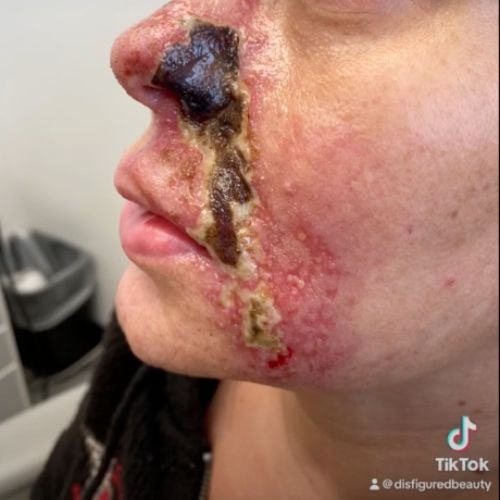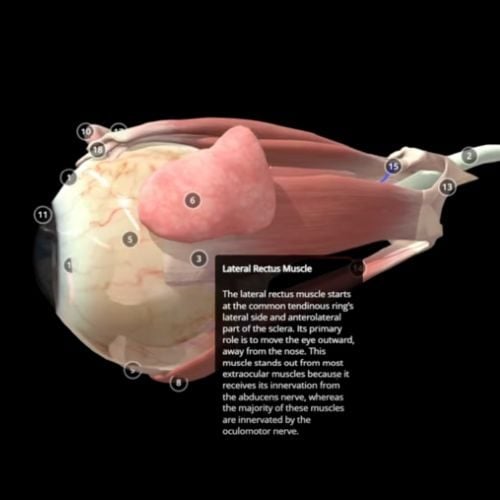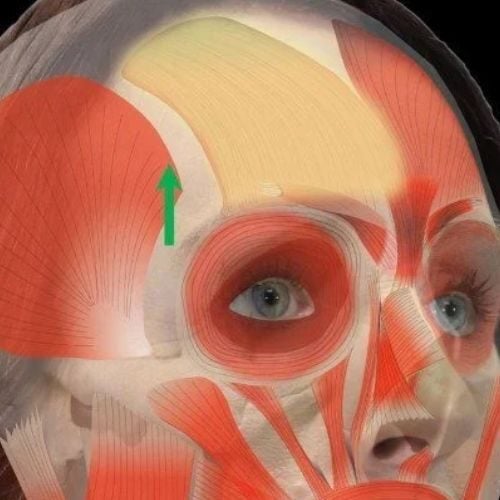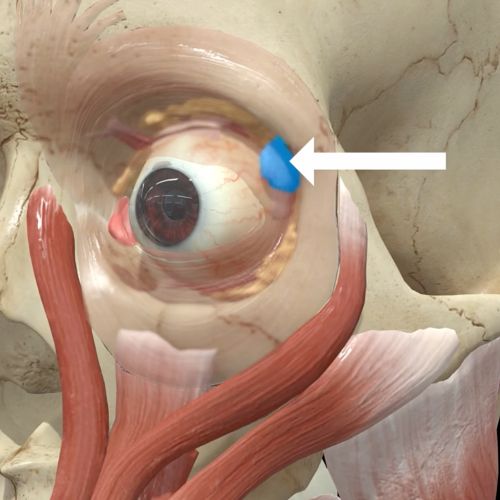- Mail us: support@drtimpearce.com
Spotting septum necrosis, severe non-surgical rhinoplasty complication
You may be interested
 Dr Tim Pearce
Dr Tim Pearce
How do you diagnose a complication from non-surgical rhinoplasty to the nose using dermal fillers when the patient presents with severe pain, but the capillary refill time (CRT) is normal? It does not make sense, right?
In this blog, Dr Tim Pearce reviews and reflects on a patient who presented to a colleague at his SkinViva clinic several days after having a non-surgical rhinoplasty treatment abroad.
Initial observations indicated a good CRT, but the patient reported a high pain score. Further examination led to the discovery of a significant necrotic wound which Dr Tim believes could have been prevented with some simple and easy steps.
Keep reading to find out what we can learn from this case study, how to make sure this does not happen to your patients, and what you can do to avoid and prevent complications when using dermal fillers in the nose.
Dr Tim will be discussing more medical aesthetic training tips as part of his upcoming webinar series, so if you’re looking to increase your CPD-certified learning and want to learn more skills to make you a better practitioner, then step one is to register for the free webinars by Dr Tim.
How to approach dealing with complications that you did not cause
Often in cases that present as emergencies to aesthetic clinics, there is little in the way of solid information about what has happened. The patient can struggle to recall or give adequate details about the treatment they received, the methods employed, are frequently unaware of the specific products used to treat them and have no discernible documentation.
All of which makes it more difficult for the aesthetic clinician who is now trying to pick up the pieces to evaluate the complication and diagnose the problem.
We can only work with what we can see, and the information provided by the patient. It goes without saying that in an ideal world, you would be able to obtain the patient’s notes from the original treating practitioner, but often, even if this is possible and they are willing to engage, the time scale in an emergency is a limiting factor. Time to roll up your sleeves, investigate and help the patient before the complication worsens.
(Be sure to check that your insurance policies allow you to take on treating complications caused by other practitioners).
Case study: non-surgical rhinoplasty complication
What do we know?
The patient presented in severe pain, which had been getting worse during the days post procedure. From a clinical perspective and upon initial assessment, the capillary refill time (CRT), which was tested along the dorsum of the nose and nostrils, was normal.
This presents a vital learning point because clinicians should not simply rely on CRT as the prove-all or the provider of reassurance of the absence of a vascular compromise in cases like this. You must be prepared to dig a little deeper to discover the underlying complication, even if the CRT leads you to think that all is well, especially if, as in this case, the patient is still in significant distress.
How to evaluate a presenting complication
 The next step is to evaluate what could be causing the pain. Understanding the details of the procedure can aid the diagnosis of the complication – where the practitioner injected, when, which product was used, with needle or cannula, and the depth of the injection. With such information, you can start to develop a pattern of risk.
The next step is to evaluate what could be causing the pain. Understanding the details of the procedure can aid the diagnosis of the complication – where the practitioner injected, when, which product was used, with needle or cannula, and the depth of the injection. With such information, you can start to develop a pattern of risk.
For example, treatment in the lower third of the nose presents a different risk pattern to treatment in the upper third. The latter has an increased risk of causing blindness due to the proximity of the internal carotid blood supply. Treatments in the lower part of the nose are more likely to result in injuries to the internal structures of the nose. The differing injection approaches for tip lifting versus camouflaging a dorsal hump mean that diagnosis of potential complications is also different.
In this case study, we know that this vital information was missing. With a normal CRT result to the external nose, continued pain, and no treatment history, the next stage necessitated an internal examination. This revealed that there appeared to be a significant injury to the septum, which had resulted in necrosis, linked to the non-surgical rhinoplasty procedure, and explained why the patient was experiencing so much pain.
The anatomy of the septum
 To review and reflect upon the potential cause of the complication in this case study, we must first look at the anatomy of the nose, specifically the vasculature of the nose and the blood supply to the cartilage.
To review and reflect upon the potential cause of the complication in this case study, we must first look at the anatomy of the nose, specifically the vasculature of the nose and the blood supply to the cartilage.
The septal cartilage is an avascular structure, approximately 2-4mm thick. There is no natural blood supply to it, thus it gets all its nutrients through the mucoperichondrium which is a thin layer of tissue that sits on top of the cartilage. Therefore, if the mucoperichondrial layer were to be removed from the cartilage or be significantly damaged, the cartilage would die.
The nasal septum has a blood supply which is provided by five different vessels, some from the internal carotid supply and some from the external carotid supply. These include the superior labial artery, anterior and posterior ethmoidal artery, the sphenopalatine artery, and the greater palatine artery. All these vessels meet or anastomose in an area known as the Kiesselbach plexus which provides the rich blood supply for the mucoperichondrium. Any damage or compromise to any of these structures would risk impacting blood supply and causing necrosis to the cartilage of the septum.
Why not get in touch with SkinViva Academy to secure your place on the next cadaveric anatomy master class.
Limited edition anatomy posters are available to buy for your aesthetic business as a helpful reminder of core facial vasculature.
How could you cause necrosis of the septum during a non-surgical rhinoplasty?
The risk of necrosis comes from a haematoma over the septum which disrupts the blood supply. This can be a common occurrence for any nasal injury which may present as a trauma to an Emergency Department (ED) and would be drained to avoid necrotising damage to the septum.
Dr Tim believes that there are three potential causes in the case of dermal filler treatment.
- A haematoma could be caused by the act of injecting the area causing trauma to the surrounding vessels.
- Injection with incorrect placement in the nasal area plus delivery of a bolus of filler product could result in the same impact as a haematoma, compromising the blood supply to the cartilage.
- A vascular occlusion could also cause a necrotising injury to the septum, particularly if the injections to treat the nose are approached from an inferior aspect, proximal to the superior labial artery. This could go on to compromise further vessels and capillaries within the area of the Kiesselbach plexus.
When performing non-surgical rhinoplasty procedures, aesthetic clinicians should not be injecting anywhere near the septum.
For example, when treating a dorsal hump and the upper third of the nose, injections should be placed on the bone. As you move downwards, the bones ceases, and the area becomes cartilaginous. This is much easier to accidentally penetrate. Injecting too deeply into the cartilaginous dorsum, instead of the columella when performing a nasal tip lift, for example, could result in a compromise or a haematoma and septal damage. Similarly, injecting the columella inferiorly to affect a tip lift can pose a similar risk.
4 tips for managing complications with non-surgical rhinoplasty
 Different risks for different areas of the nose – upper third for blindness, lower third for internal injuries including the septum.
Different risks for different areas of the nose – upper third for blindness, lower third for internal injuries including the septum.- Stay at the right depth – do not inject too deeply to avoid damaging the septum.
- See the patient face-to-face if presenting with pain – you cannot rule out injury from afar, do not rely on direct messaging or CRT videos. An internal examination must be performed in person.
- Reverse before ENT referral – Consider dissolving hyaluronic acid-based filler products with Hyalase® before onward referral. Hospitals and EDs often do not carry hyaluronidase stock or have the in-house skills to address aesthetic treatment reversal. If there are further injuries to the septal area, including haematoma, the appropriate specialists can manage the patient ongoing post reversal.
The bottom line is to ensure that you are well trained in the practical injection skills before embarking on advanced aesthetic treatments such as non-surgical rhinoplasty and that you have good knowledge of the nasal anatomy.
A paper published early in 2021 by a cohort of Indian physicians highlighted a systemic review of non-surgical rhinoplasty using hyaluronic acid dermal fillers and found that non-surgical rhinoplasty is a good, minimally invasive alternative over conventional rhinoplasty, however, the authors noted that there is “a paucity of quality data… regarding the accuracy, effectiveness, and complications of non-surgical rhinoplasty”. As always, knowledge is power – training courses in mastering liquid rhinoplasty are available at SkinViva Academy.
Are you still anxious about delivering cosmetic injectables safely?
If you want to learn more about mastering medical aesthetic treatments and complications or conquering the anxiety of where to place your needle, then register for the next Dr Tim webinar.
Subscribe to our YouTube channel for really useful regular tips and advice. ![]()
Dr Tim Pearce eLearning
Dr Tim Pearce MBChB BSc (Hons) MRCGP founded his eLearning concept in 2016 in order to provide readily accessible BOTOX® and dermal filler online courses for fellow Medical Aesthetics practitioners. His objective was to raise standards within the industry – a principle which remains just as relevant today.
Our exclusive video-led courses are designed to build confidence, knowledge and technique at every stage, working from foundation level to advanced treatments and management of complications.
Thousands of delegates have benefited from the courses and we’re highly rated on Trustpilot. For more information or to discuss which course is right for you, please get in touch with our friendly team.
Related Articles
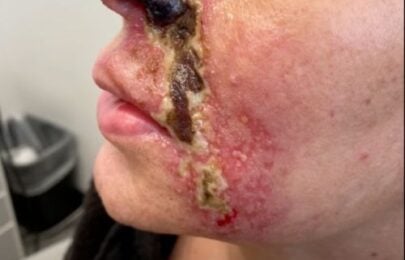 Bestseller
Bestseller
Vascular Occlusion and Necrosis Prevention: The Ultimate Safety System for Aesthetic Injectors
October 21, 2025
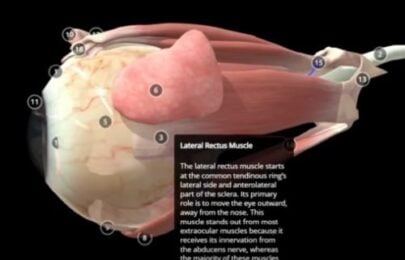 Bestseller
Bestseller
Preventing Double Vision from Botox: Mastering the Lateral Rectus Safety Zone
October 16, 2025
 Bestseller
Bestseller
Body Dysmorphic Disorder in Aesthetic Practice: Ethics, Risks, and Recognition
October 7, 2025

